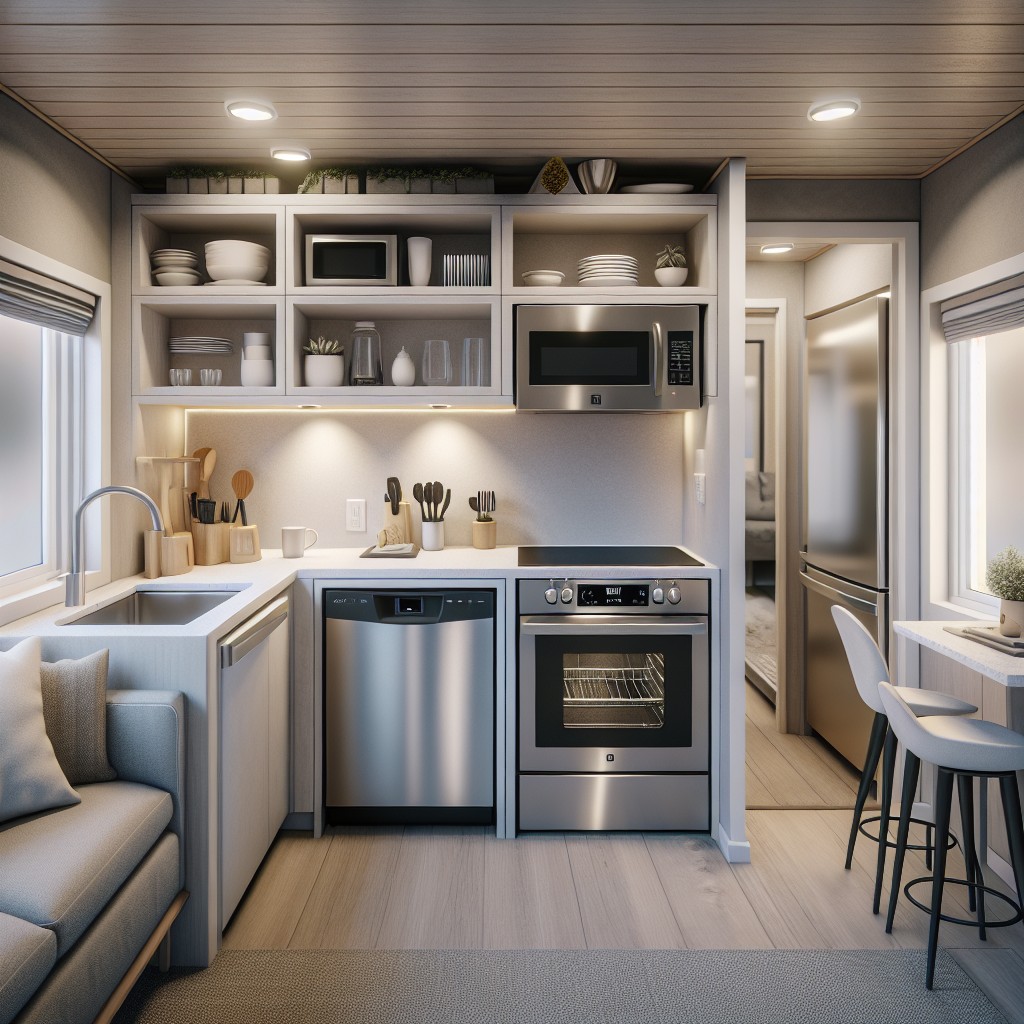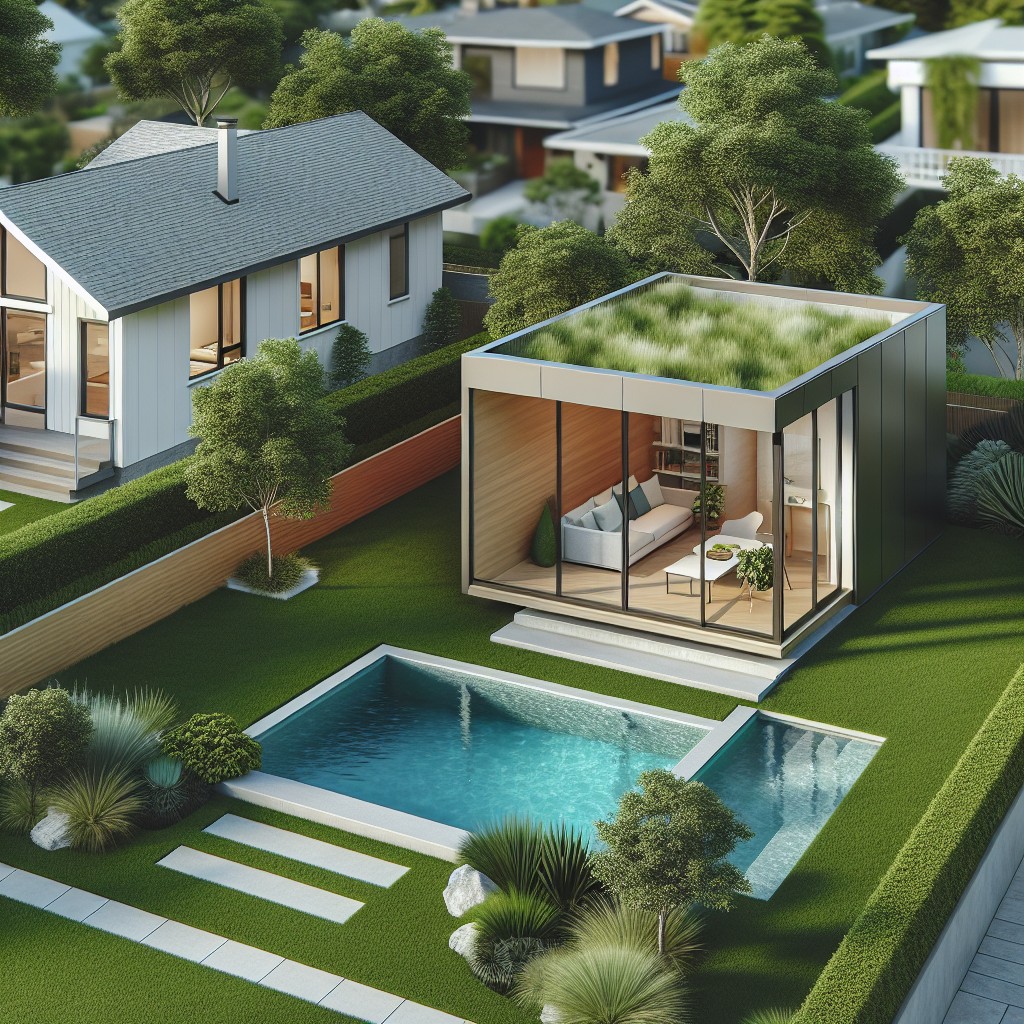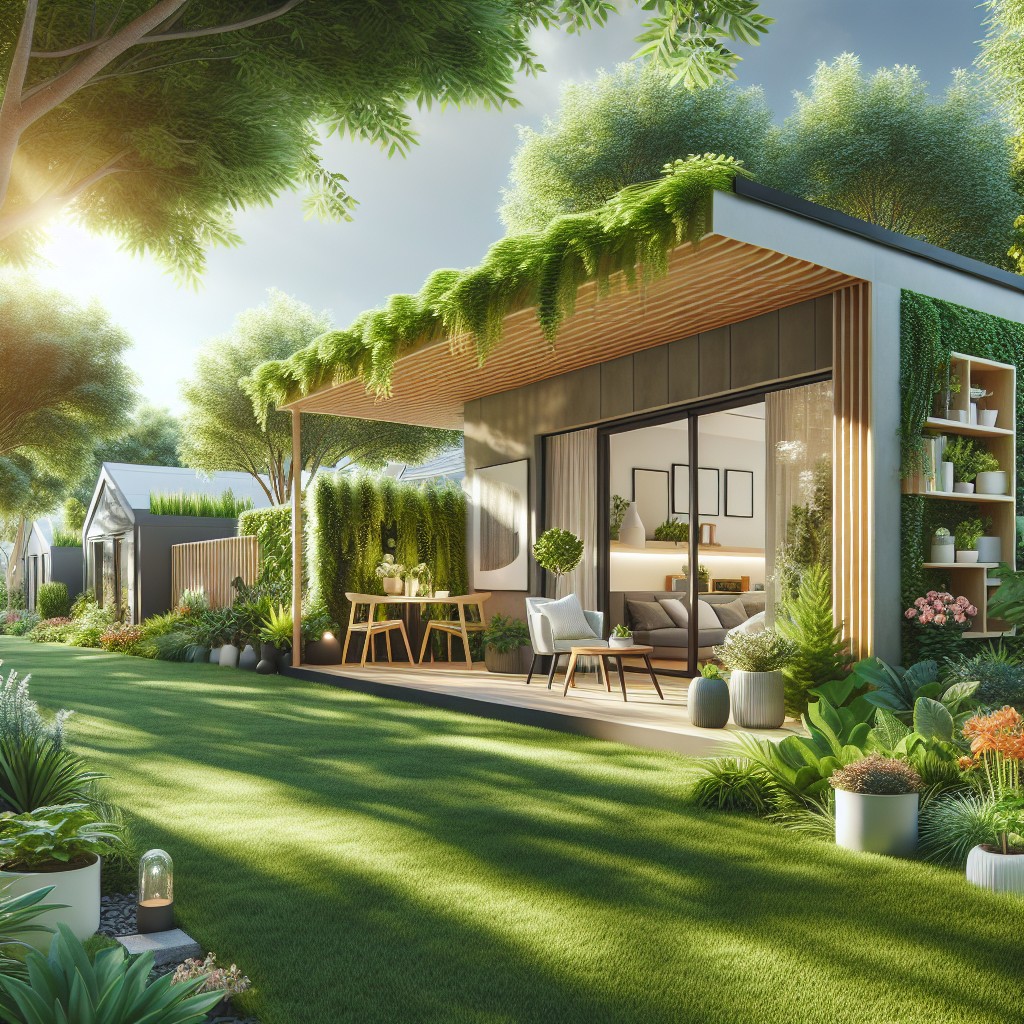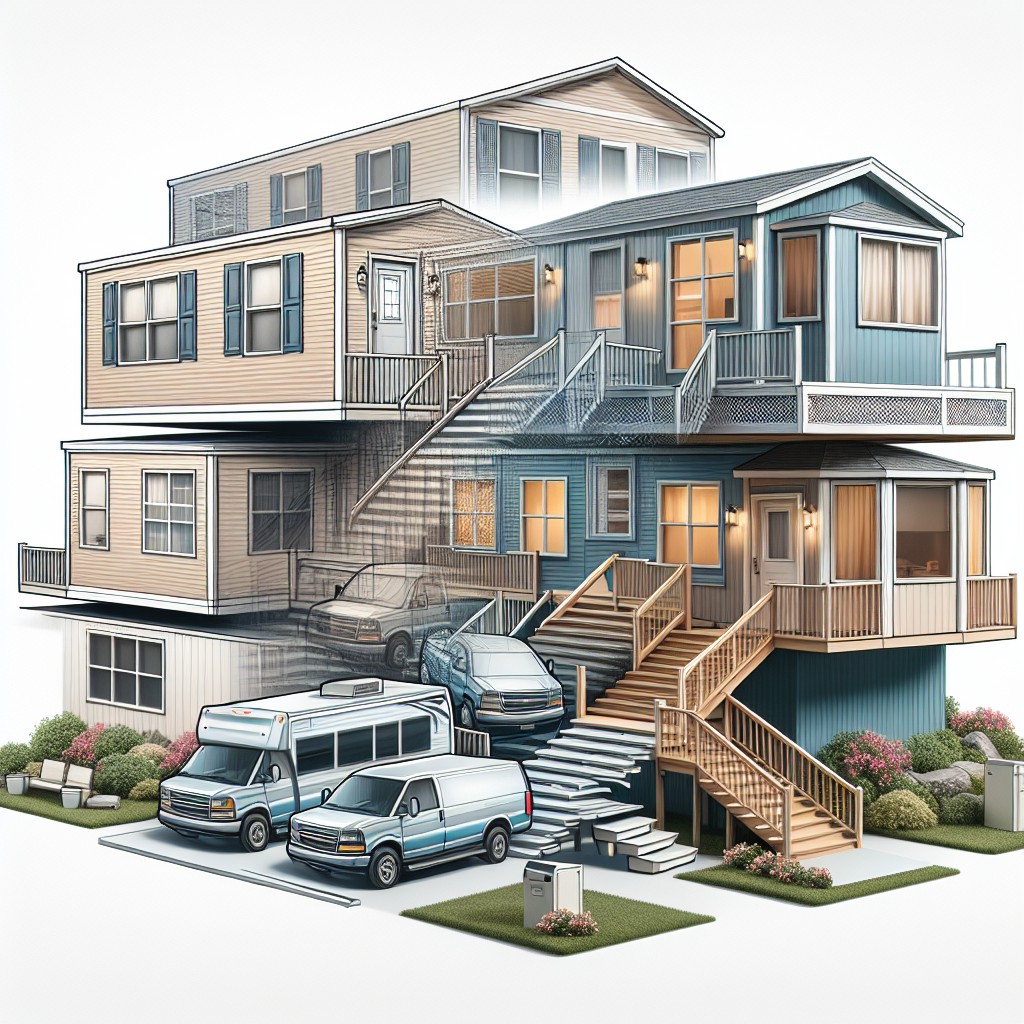Last updated on
Discover the distinct characteristics and benefits of ADU and duplex housing options to make an informed decision about your next property investment.
Key takeaways:
- ADUs are secondary housing units on a single-family lot.
- Duplexes are residential buildings divided into two separate units.
- ADUs are often used for family or rental space, while duplexes are multi-family residences.
- ADUs have less strict zoning and legal considerations compared to duplexes.
- ADUs are generally more cost-effective to build and maintain than duplexes.
Defining ADU (Accessory Dwelling Unit) Vs Duplex
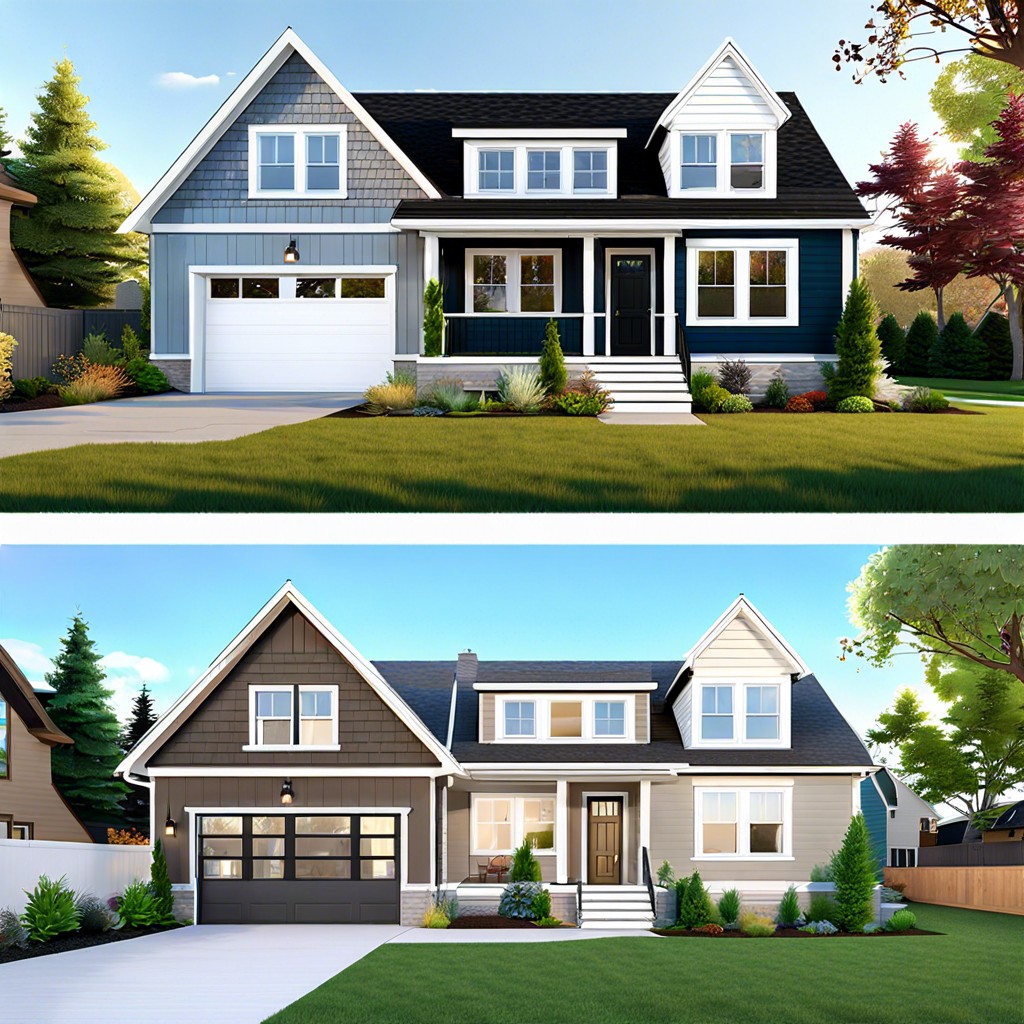
An Accessory Dwelling Unit, commonly known as an ADU, is a secondary housing unit on a single-family residential lot. Think of it as a backyard cottage or a basement apartment. ADUs come with their own living facilities, including a kitchen and bathroom. They can be attached to the main house, like an extension or a garage conversion, or be a standalone structure.
A duplex, on the other hand, is a residential building divided into two separate living units. It’s like two homes in one, each with its own entrance and complete living facilities. Duplexes are designed to house two families or groups of people independently, sharing only a common wall or floor, making them distinct from ADUs in both form and function.
While both ADUs and duplexes effectively increase housing density, ADUs are often used to provide additional living space for family members or as rental units without changing the single-family character of a neighborhood. Duplexes, on the other hand, are purpose-built from the get-go as a multi-family residence and are typically recognized as such by zoning laws.
Zoning and Legal Considerations for ADUs and Duplexes
Navigating the zoning and legal landscapes for ADUs and duplexes is essential as it sets the stage for what is possible on your property. Municipalities typically have distinct regulations for these dwelling types, which often leads to the first major fork in the road for potential developers and homeowners.
When considering an ADU, whether it’s detached, attached, or interior, it’s important to check whether your local zoning laws permit such structures on your lot. Some areas require owner-occupancy in either the main home or the ADU. Also, be aware that utility connection and development impact fees can vary significantly for ADUs compared to duplexes.
For duplexes, the requirements can be more stringent. These dwellings are usually considered multi-family housing, which is only allowed in certain zoning districts. You’ll need to ensure your plot is zoned correctly or be prepared to petition for a zoning change, which can be a detailed and lengthy process.
Furthermore, don’t forget that both ADUs and duplexes could trigger a review regarding parking, set-backs, building heights, and lot coverage. In some cases, community pushback or support can sway decisions on development approvals.
Lastly, if you’re retrofitting an existing structure, historic district guidelines or homeowners’ association covenants could come into play. It’s wise to verify any additional restrictions before diving into your project.
Understanding the complex rules that govern these residential options ensures that when you decide to proceed, you’re building not just to code, but towards neighborhood harmony and a wise investment.
Cost Comparison of ADUs and Duplexes
Evaluating the cost distinctions between accessory dwelling units (ADUs) and duplexes requires a layered understanding.
Building a new ADU can be significantly less expensive than constructing a duplex due mainly to scale; an ADU is typically smaller and may require fewer materials and labor. Additionally, converting existing space into an ADU—a basement or garage, for instance—can further diminish the financial outlay in comparison to building a duplex from the ground up.
On the flip side, duplexes often command higher construction costs but can also generate more rental income. As legal, two-unit properties, duplexes expand the potential for leasing to multiple tenants, resulting in a higher total cash flow. This may offset the initial investment over time, assuming consistent tenant occupancy.
Maintenance expenses also differ. An ADU, with a smaller footprint, generally entails lower maintenance costs. A duplex, by contrast, with more extensive systems and structural components, may command more in both routine upkeep and unexpected repairs, impacting the long-term profitability.
Financing avenues can diverge for prospective builders. Loans specific to ADUs are emerging, yet they differ from traditional housing loans. Duplexes, being recognized multi-family dwellings, might qualify for mortgages with terms that recognize the potential for rental income, possibly affecting down payment requirements and interest rates.
Potential investors must weigh these variables—construction expenditure, ongoing maintenance, rental income prospects, and financing options—to discern which option aligns with their financial strategies and long-term investment goals.
Income and Investment Potential of ADUs and Duplexes
Accessory Dwelling Units (ADUs) and duplexes both offer unique avenues to generate income, appealing to different types of investors. An ADU, often situated on the same lot as a primary residence, can be rented out to tenants, creating a steady source of passive income. This can be especially beneficial for homeowners who wish to offset their mortgage, cover operating costs, or simply earn extra income while maintaining privacy and control over their property.
On the other hand, a duplex, which is a single structure divided into two separate living units, can potentially double rental income opportunities. Duplexes are especially attractive to investors looking to tap into the rental market without the high entry costs of purchasing multiple single-family homes. They enable the owner to live in one unit while renting out the other, a strategy known as “house hacking” that can significantly reduce or even eliminate the owner’s living expenses.
Both ADUs and duplexes also hold the potential for short-term rentals, which can lead to higher income per night, albeit with greater turnover and management efforts. This is particularly lucrative in tourist-heavy regions or during peak travel seasons.
The investment potential of each will depend on factors such as local housing demand, rental rates, and the costs associated with construction, maintenance, and property management. It’s important for investors to assess local market conditions and regulations, as these will profoundly influence the return on investment. Speaking with a real estate professional knowledgeable in local rental markets can provide further insight into the potential income and investment opportunities.
Impact On Property Value: ADUs Vs Duplexes
The value ADUs and duplexes add to a property can differ based on several factors, from location to market demand. Generally, adding a second living space can boost a property’s worth by providing additional square footage and potential rental income.
ADUs, often situated in the backyard or above a garage, offer flexibility. They can appeal to homeowners seeking multigenerational living arrangements or wanting to tap into the rental market without significantly altering their property’s single-family character.
Contrastingly, duplexes are inherently dual-residence properties and are typically sought after by investors or buyers interested in a house-hacking strategy, where they live in one unit and rent out the other. The rental income from a duplex can often cover a significant portion of the mortgage, making them attractive to certain buyers.
However, the actual impact on property value can vary based on the quality of the addition, how well it integrates with the existing property, and local housing regulations. It’s worth noting that both ADUs and duplexes can attract a wider pool of buyers, appealing to those looking for investment properties as well as larger families needing more living space.
Related reading:
Table of Contents
